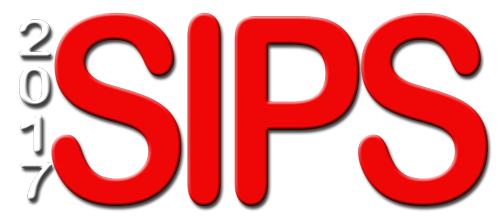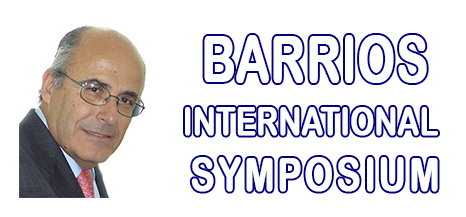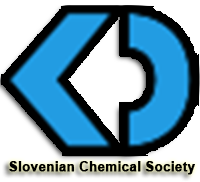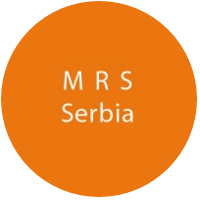Abstract:
Sensor technologies have become crucial in improving health and environment by continuous monitoring of toxic chemicals, hazardous pollutants like benzene or ions that are threats to environmental safety. Air and water pollution is a major global issues leading to mortality of millions of people all around the world. Due to industrialization, various toxic environmental pollutants, including pesticides and heavy metal ions, are released into our environment, causing serious health problems to human society via exposure from breathing air. Therefore, to prevent contaminants from causing environmental catastrophes it would be ideal to detect such contamination events as quickly as possible in order to rapidly initiate remedial strategies. The potential for environmental pollution outbreaks requires the development of rapid and simple detection methods for water/Air quality monitoring. Plasmonic nanosensors based on the localized surface plasmon resonance (LSPR) of metallic nanoparticles, have emerged as a powerful detection tool for the in-situ environmental sensing of various organic and inorganic pollutants. Unlike propagating SPR which exhibits a long sensing distance (in microns), the effective sensing zone of LSPR nanosensors is highly localized (within 10 nm) because the LSPR decays exponentially with the distance from the nanoparticle surface. Hence, the spectral resolution of LSPR is sensitive only to regions within the nanoscale environment surrounding metallic nanoparticles. This highly localized sensing volume is well suited for the real-time monitoring of various pollutants. Metallodielectric layered nanoparticles where nanoscale dielectric layers separate concentric metallic layers form a unique and important class of plasmonic nanosensors because of their ability to manipulate and concentrate light. A cavity or dielectric layer acting as a resonator between the two metals amplifies an electromagnetic wave. Their optical properties arise from the surface plasmons supported at their metal-dielectric interfaces. The plasmon response of these nanostructures can be understood as the interaction or hybridization of plasmons supported by metallic nanostructures of more elementary shapes. Plasmon hybridization is a useful tool for interpreting the plasmon modes of complex metallic nanostructures. The plasmon hybridization in this type of structure can result in multiple SPR bands corresponding to bonding (two modes) and antibonding (one or two modes), respectively, depending upon metal and dielectric position. The bonding modes have larger dipole moments and therefore any core-shell structure can have these two modes. However, the antibonding mode that results from symmetric coupling between the antibonding shell plasmon mode and the inner sphere plasmon is usually too weak to be observed because of its smaller dipole moment. So, if the antibonding plasmon mode could be enhanced, there will be three intense and separate SPR bands for multiplex sensing and detecting. In particular, by employing localized surface plasmon resonance (LSPR) of these types of nanostructures, we can expect distinguished sensing performance with high sensitivity and resolution. This presentation will discuss about the multiplex optical sensing modalities that are dependent on the effects of the LSPR. Further, I will also discuss about the use of LSPR supporting particles as analogues to surface enhanced Raman scattering (SERS) probes and labels for multiplex detection.
|

















